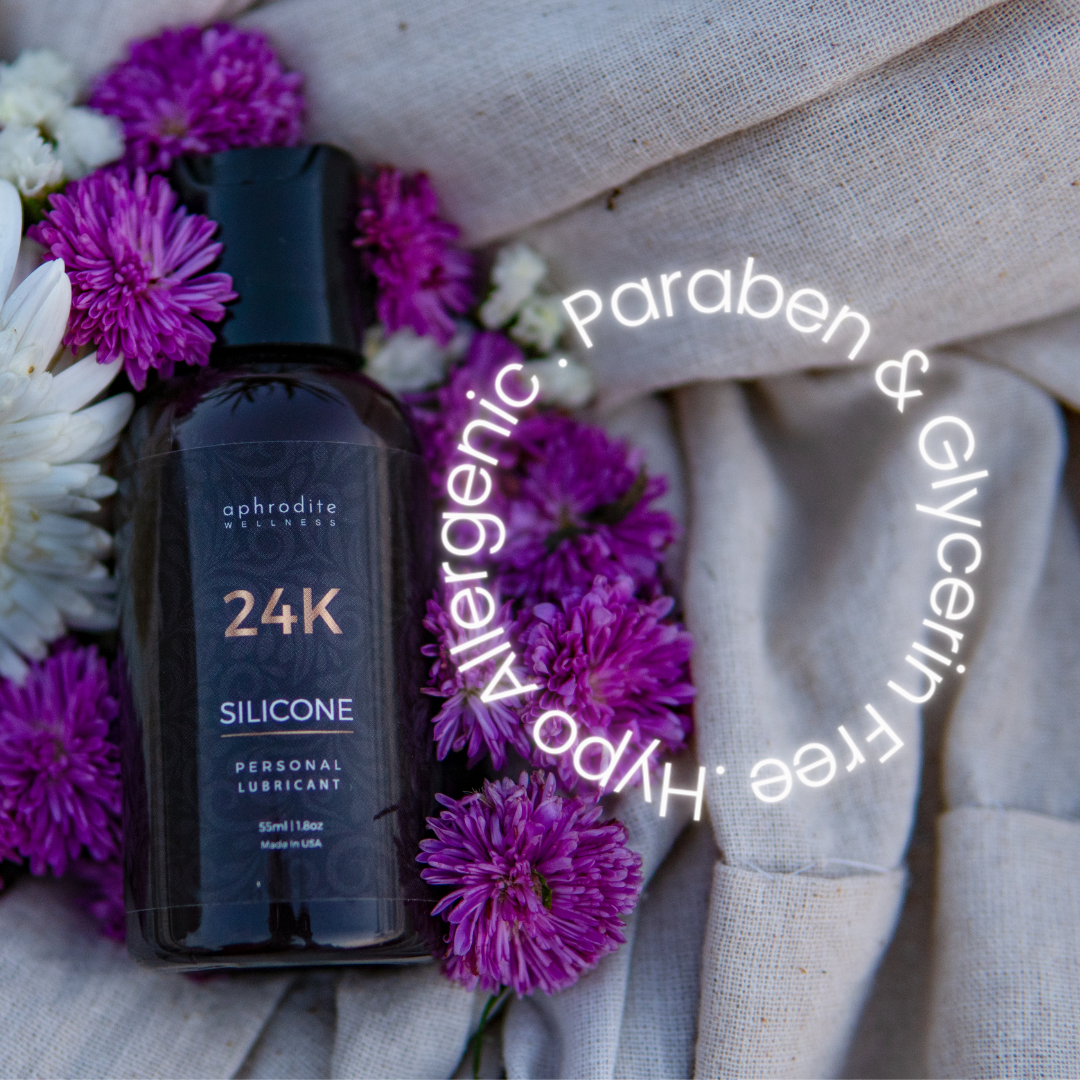
How to Buy The Best Lube: A Modern Guide for Indians ; Backed by WHO
Share
 In today’s world, conversations around intimacy are becoming more openand thankfully, more informed. Yet, when it comes to something as simple and essential as personal lubricant, most people are still left guessing.
In today’s world, conversations around intimacy are becoming more openand thankfully, more informed. Yet, when it comes to something as simple and essential as personal lubricant, most people are still left guessing.
Before we get into buying the best lube lets understand what are the characteristics of a good lube. This one time guide is all you need to choose the perfect lubricant.
Is water-based better than silicone? What on earth is osmolality? And how do you know if a product is truly body-safe?
This guide is here to help you choose the right lubricant without the awkwardness, confusion, or marketing fluff. Grounded in the guidelines set by the World Health Organization (WHO), we’ll walk you through what really matters when buying lube whether for yourself, with a partner, or simply to feel more comfortable in your skin. Let’s begin.
Why Lubricant Matters More Than You Think
Lubricant isn’t just a "nice-to-have." For many, it’s an essential part of a healthier, more enjoyable intimate experience.
A good lubricant can:
-
Reduce friction and prevent irritation or microtears
-
Support comfort for vaginal or anal intercourse
-
Aid those experiencing dryness (whether due to hormones, medication, or age)
-
Enhance pleasure and intimacy, safely
In short, it helps your body do what it was meant to do without unnecessary strain.
Understanding the Types: Water, Silicone, and Oil-Based
Each type of lubricant serves a different purpose. Here’s a quick overview to help you decide what suits your lifestyle and needs:
1. Water-Based Lubricants
-
Light, natural feel
-
Safe with condoms and all types of toys
-
Easy to clean, non-staining
-
May require reapplication during longer sessions
🟢 Ideal for everyday use, especially with condoms or silicone toys
2. Silicone-Based Lubricants
-
Exceptionally long-lasting
-
Water-resistant (great for shower intimacy)
-
Can feel silkier and more luxurious
-
Not compatible with most silicone toys
🟢 Best for longer sessions or situations where water is involved
3. Oil-Based Lubricants
-
Rich and creamy texture (some use coconut oil)
-
Longer-lasting than water-based
-
Not compatible with latex condoms
-
May increase risk of vaginal imbalance or infection
🟡 Works well for external stimulation or massage, but proceed with caution internally
The Science of Safety: What WHO Recommends
The World Health Organization provides a clear framework for what makes a lubricant safe and effective. Here’s what to look for on the label and why it matters:
🔬 1. Osmolality: A Gentle Balance
Osmolality refers to the concentration of substances in a lubricant. Too high, and it can pull moisture from your skin and tissues, causing irritation or increased vulnerability to infections.
-
For vaginal use: Ideally ≤ 380 mOsm/kg
-
For anal use: Up to ≤ 1200 mOsm/kg is acceptable
🟢 Lower is generally better. Seek labels that mention “low osmolality” or WHO compliance.
⚖️ 2. pH Level: Respecting Your Body’s Natural State
The body’s natural pH supports healthy bacteria and defends against infections.
-
Vaginal lubricants: Should match a pH of 4.5–5.5
-
Anal lubricants: Should fall within 5.5–7.0
🟢 A well-formulated lube respects and protects your body’s delicate balance.
🚫 3. Ingredients to Avoid
The WHO and many health experts advise steering clear of certain ingredients, no matter how common they may seem:
-
Nonoxynol-9 (N-9): Can damage tissue and increase HIV/STI risk
-
Parabens: Linked to hormone disruption
-
Glycerin: Can increase the chance of yeast infections in some users
-
Petroleum-based ingredients: Not recommended for internal use
🟢 Look for “paraben-free,” “glycerin-free,” and dermatologically tested formulas.
🛡️ 4. Condom Compatibility
-
Safe with condoms: Water-based and silicone-based lubes
-
Not safe with latex condoms: Oil-based lubes
🟢 Always check the label for “condom-safe” if you're using protection.
Your Checklist for the best lube ; A Body-Safe, Pleasure-Enhancing Lube
Before you buy, ask yourself:
✔ Is it water- or silicone-based (unless oil is specifically preferred)?
✔ Does it mention low osmolality and balanced pH?
✔ Is it free from parabens, glycerin (optional), N-9, or petroleum?
✔ Is it for condom- or toy-compatible?
✔ Is the brand transparent, dermatologically tested, and trustworthy?
Choosing Intuitively, Backed by Science
There’s no one-size-fits-all lubricant. The perfect choice depends on your body, preferences, and how you intend to use it. But now, you're equipped with the right questions and a science-backed lens through which to see past marketing jargon.
When to Choose Water-Based Ones?
For use with toys its always recommended to go with water based.
For general use either silicone or water based will do the job.
If you hate clean up, water based will be more advisable. As silicone will require clean-up with soap.
When to Choose Silicone?
For intense lubrication requirements , like severe dryness or activities involving more friction, and dryness.
For longer duration; or if you don't like being interrupted. As water-based tends to dry out needing reapplication.
If you are sensitive down there. Silicone does not get absorbed by skin; meaning less chances of it going wrong.
When in doubt, go for:
-
A reputable brand and manufacturer
-
Certifications.
-
Fewer Ingredients
-
Reliable ingredients
Final Thoughts: Comfort is a Form of Care
Choosing a lubricant isn’t just about function. It’s about honouring comfort, intimacy, and your body’s natural rhythms.
In a world full of options, trust the combination of your instincts and informed choices. Because when pleasure meets peace of mind that’s where confidence lives.
Reference: Use and procurement of additional lubricants for male and female condoms: WHO/UNFPA/FHI360
